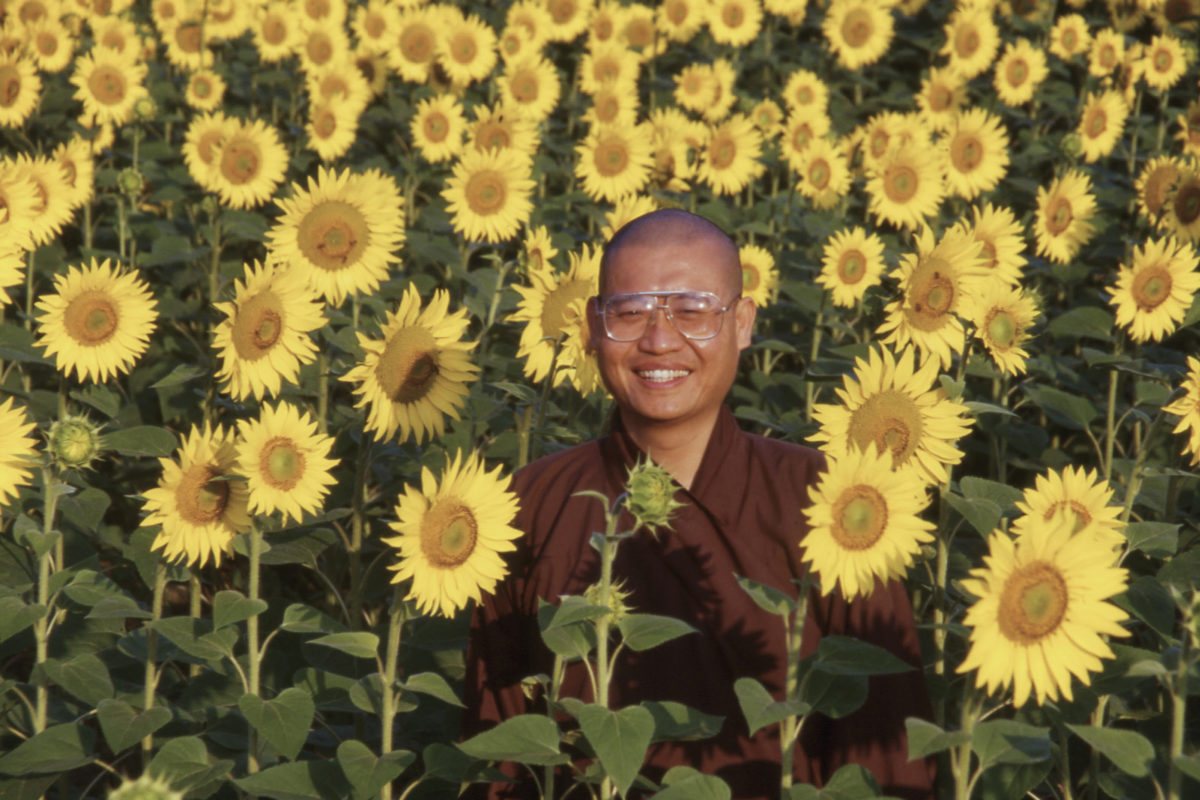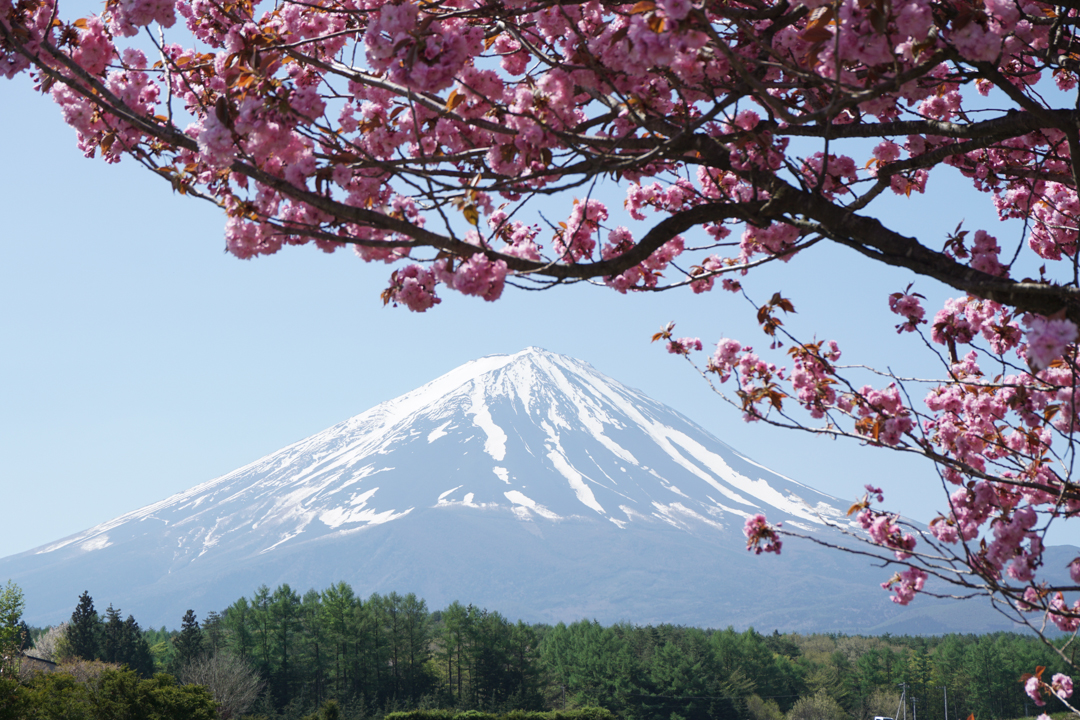Interview with Thay Phap An in Japan

Sangha Publishing: Welcome to Japan! How did you feel coming on this trip, knowing that Thay would not be with you and that you would be giving retreats without him?
Thay Phap An: I have been with Thay for many years and gone on many trips with him all over the world.
Interview with Thay Phap An in Japan

Sangha Publishing: Welcome to Japan! How did you feel coming on this trip, knowing that Thay would not be with you and that you would be giving retreats without him?
Thay Phap An: I have been with Thay for many years and gone on many trips with him all over the world. So, the way we organize is very much the same way Thay has taught us. It is very clear to me that Thay is present on this trip with us. I don’t feel that Thay’s energy is missing, for we feel that Thay is always present with us. Almost all the brothers and sisters on this trip are Dharma teachers. They have been with Thay for many years and therefore know very well how to organize and practice on a trip like this.
SP: It is our understanding that it has been Thay’s wish to come back to Japan. What do you think Thay is feeling right now, knowing that he himself was unable to come on this trip?
TPA: I think Thay is very happy that this trip to Japan is taking place. As far as I know, Thay’s wish is to share his teachings with the people in the countries he visits. Thay learned Buddhism in Vietnam, but he believes that he has received a lot of heritage from Chinese Buddhism and Indian Buddhism, and also from Buddhism in the Southern tradition. Thay was in Japan in 1957 as a student and feels that he has also learned from the Japanese tradition. For many years, Thay has wanted to renew Buddhism. As he has grown older, Thay believes that he has found a way of Buddhist practice to help the people. What Thay wants is to make Buddhism available and applicable to the people in our own time. And in his attempts to do so, Thay has received many nourishing elements from many traditions.
In fact, Thay has said many times that Plum Village is a laboratory to develop a Buddhism relevant for our world, making old elements into a new form suitable to the people of our time and testing out new forms of practice. Thay often says that Buddhism is like a tree, and the new elements of Buddhism he has added are like new leaves, which will help Buddhism to grow further. With this new form of Buddhist practice, Thay has gone back to China, India, Thailand, Korea, and Hong Kong, and tried to share it with the people there. As he had long wanted to come back to Japan, I am sure Thay is very happy that this trip is happening, for it is an opportunity to share that new form of Buddhist practice with the people of Japan.
SP: What message do you have for the Japanese, especially for the young Japanese who have their problems and suffering?
TPA: We need to reach out and build a community of practice. That is the only way out. One characteristic of modern civilization is this tendency towards individualism. It is the tendency that has been going on since the Industrial Revolution in Europe. All Asian countries have also been pulled into this movement towards individualism. Many spiritual traditions in the West have also been destroyed. Buddhism has a chance, because one aspect of Buddhism is practice. Right from the beginning, what the Buddha taught was to take refuge in yourself and in the community. The Buddha thus put responsibility in the human hand. He said that we are the fruit of our actions. Nobody but ourselves is responsible for it, and we are the ones who receive it.
Young people nowadays are caught in the spirit of the West, which drives them in the direction of individualism. But many movements from the Western tradition lead them to anxiety, to loneliness, to isolation. The only way out is to reestablish a sense of community and allow young people to participate in the community of practice. Within that community of practice, they can develop brotherhood, sisterhood, and human relations, and that will lead to the healing of society as well. That is why Thay says that the noblest path in the twenty-first century is the path of building a Sangha, the path of building a community of practice. Without such a community, we cannot defend against many destructive elements of modern life. I see in the West many young people are looking for a way, a spiritual path. Plum Village has created the Wake Up movement for young people, which is well developed and well practiced in many countries. Young people come together and practice in a Sangha. That is, I believe, very good news.
Excerpted and reprinted with permission from Sangha Publishing.
Thay Phap An, Dharma Seal, is the Director and Dean of Education at the European Institute of Applied Buddhism. He was born in Vietnam and studied in the US, where he became a certified chemist in 1988 and received his PhD in Applied Mathematics in 1990. He was ordained by Thich Nhat Hanh in 1992 and became a Dharma teacher in 1999.

